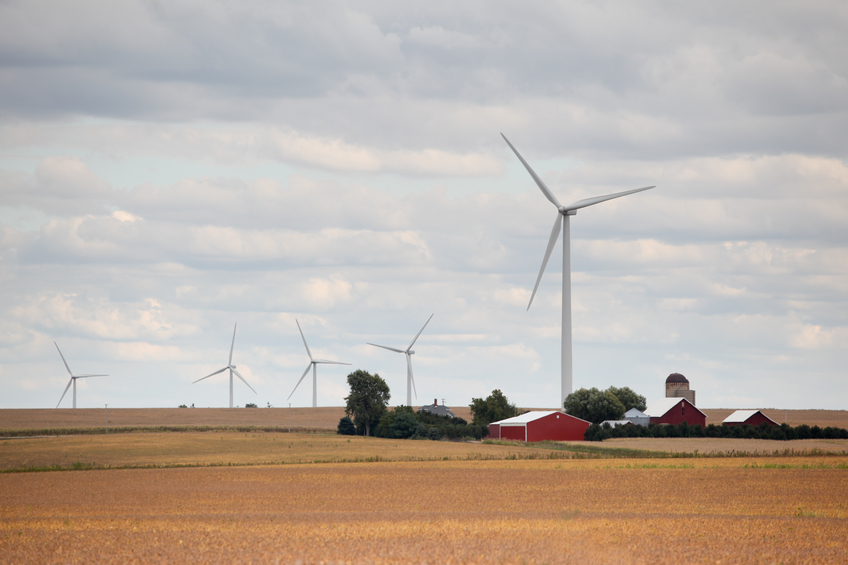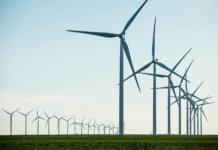More than 5,000 people attended WINDPOWER 2006 in Pittsburgh this week, making it the largest-ever American Wind Energy Association conference and exhibition.
The official title of the conference was ‘Energizing the Future,’ but the unofficial moniker could have been ‘The 20% Solution,’ or more accurately, ‘Solutions Needed to Get to 20%.’
Wind was given its prime-time moment in the State of the Union speech by President Bush earlier this year, when he suggested ‘it's possible we could generate up to 20 percent of our electricity needs through wind.’
The entire industry seemed to grasp its moment in the spotlight, and discussions over the three-day conference centered on the challenges to be faced in meeting that stretch goal. The top renewable energy official in Washington, D.C., set the tone in the first speech of the conference.
‘The president means business – your business and mine. I take very seriously, as should you, this opportunity to rise to the challenge and build a foundation for growth,’ said Alexander Karsner, the assistant secretary of energy efficiency and renewable energy at the U.S. Department of Energy (DOE).
The vastness of the enterprise would mean an estimated 350 GW of capacity, with wind generation portfolios expected to reach 13 GW by the end of the year. Even if the industry sustains its current record-setting pace, the U.S. will get only about halfway there by 2020.
Massive investment
‘A wind turbine is built every four hours, and to get to 20 percent, we need one every 15 minutes,’ said Vic Abate, vice president of renewable energy at General Electric.
Windlogics
Ivan Brems, of Hansen Transmissions, provided another look at the magnitude of the growth required, calling it a ‘very, very capital intensive investment.’
Currently, the gear box manufacturer invests about $75 million for every gigawatt built. That same gigawatt also requires about 250 people and 18,000 tons of steel and cast iron, Brems said. To achieve 20% penetration, the gear box industry would need to build between 10 and 15 large-scale plants, invest about $3.5 billion, employ about 12,000 people and utilize 800,000 tons of resources, he said. A total of about 30,000 employees may be required if upstream suppliers are included, he added.
AWEA executive director Randall Swisher described a healthy, fast-growing industry, noting the record-breaking growth of 2005 and anticipated expansion of 2006 that will exceed it.
‘The trends for our industry are positive,’ Swisher said, with the cost of oil, climate change concerns and environmental constraints all favorably affecting the industry.
Industry leaders offered their generally optimistic view of wind's overall health but presented a few caveats along the way, including the need for a more stable policy environment, a tighter supply chain with more stable pricing and a requirement to maintain wind's cost-competitiveness.
As Mike O'Sullivan, the senior vice president for FPL Energy Inc., pointed out, the U.S. represents 15% of the global market, but turbine suppliers have obligations to their own shareholders, with their supplies going to wherever they can get the greatest return. Worldwide competition for wind generation has extended not just to the historical locales of Europe and North America, but also to India and China.
In discussing the goal, O'Sullivan made a baseball analogy, offering that the industry needs to ‘hit a lot of singles and doubles’ over the long term, rather than a big blow. He added that the industry has to sustain its development incrementally ‘rather than getting distracted by large numbers that would cause it to lose its focus.’



